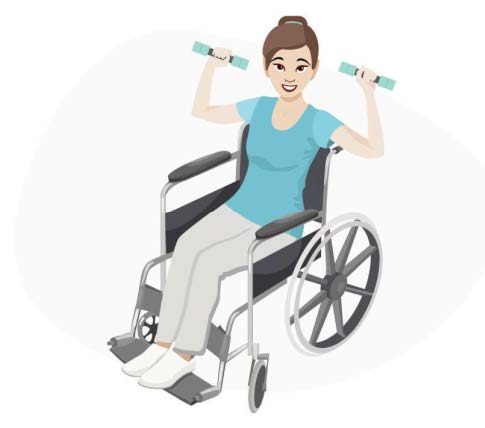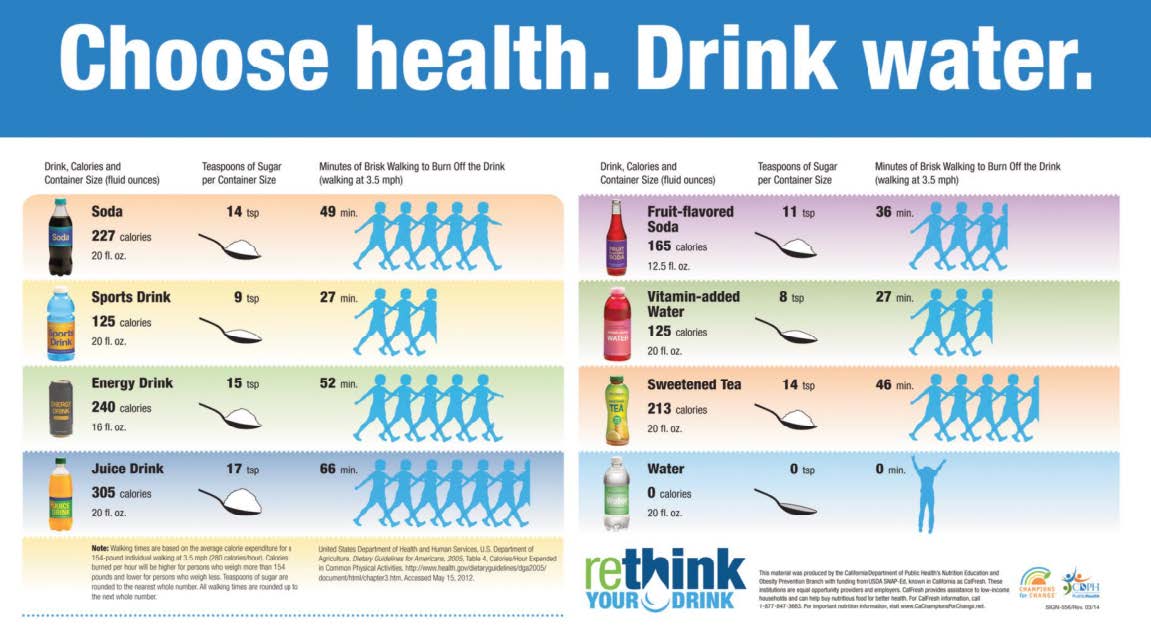KRISTIN MCNEALUS, PT, DPT

THE FITNESS PRIORITY
Kristin McNealus, PT, DPT, ATP received her Masters in Physical Therapy from Boston University then went on to earn her Doctorate in Physical Therapy from MGH Institute of Health Professions. She has been a staff physical therapist on inpatient rehabilitation for people with spinal cord injuries at a number of hospitals in Southern California, as well as Director of a community adaptive gym for people with neurological injuries. She is a member of the International Network Spinal Cord Injury Physiotherapists, and has contributed to the APTA Guidelines for Exercising with a SCI. She has completed three marathons, and 25 triathlons, including the Ironman! SCI Total Fitness is designed to promote health and wellness for people with physical disabilities.
Slash Your Shoulder Pain
Using the shoulder joint and the muscles around it beyond the intended demand can be unavoidable with your life demands. But pain is exacerbated by muscular imbalances.
I have recently had more clients requesting services for shoulder pain, so I thought it would be a good time to discuss this issue.
The shoulder joint isn't designed for heavy forces. Think about the stability of the hip – the head of the femur fits nicely into the socket of the pelvis. It's held in place by thick ligaments. The shoulder joint doesn't have this bony stability and relies on several muscles for support. If you have to use your arms to move yourself around, or need to do more lifting and mo v i n g of your c h i l d , you may experience shoulder pain.Using the shoulder joint and the muscles around it beyond the intended demand can be unavoidable with your life demands. But pain is exacerbated by muscular imbalances. If you spend all day pushing a wheelchair or lifting a grow ing child, it's clear that the pushing or lifting muscles are getting stronger. Given this consistent use, the muscles get tighter, and since they attach to your shoulder blades, it pulls the shoulder blades forward. This makes the space between the humerus and shoulder blade smaller, which includes your rotator cuff tendons, arm nerves and blood vessels. The smaller space means that all of these structures are rubbing against each other and against the bone.

ACTIVITY MODIFICATION
When pain arises, the initial recommendation is to rest the area. However, when you use your arms to move, resting isn't generally an option for shoulder pain. Looking at how you perform specific tasks may help decrease the amount of force.
TRANSFERS
• Try transferring to surfaces that are level with the wheelchair • Consider using a slideboard • Alternate the direction of transfers • Consider a lift
WHEELCHAIR PROPULSION
• Make the wheelchair as light as possible • Make sure the wheelchair is maintained • Make sure the tires are fully inflated • Consider moving your axle forward • Try changing the way you load your wheelchair into the car • Maintain ideal bodyweight.
A CHECK OF POSTURE
The way you sit can also contribute to this muscular imbalance. It's difficult to sit straight upright when your trunk is weak and you need to balance. If you use a power wheelchair, this can also contribute to the shoulder pain even though you're not pushing a wheelchair.When sitting with a slouched posture, the shoulder joint space is compressed and all those structures get further compressed whenever you reach up. If you use a wheelchair, consider getting a seating evaluation to configure your wheelchair for better posture. If you are lifting and moving someone else, look at your posture and core strength as you do this.
STRENGTHENING SPECIFIC MUSCLES
You have to work the back muscles that don't get enough exercise throughout daily activities. Strengthening these muscles will help keep the shoulder blade in its optimal position. Try doing some shoulder exercises (below) without resistance – it's the best way to start incorporating them. Gradually increase resistance and repetitions as the pain decreases and the muscles get stronger. Start exercises in the least painful range. Ideally, you want to work in a painfree range, but this may not be possible.
Start incorporating the stretches daily, and exercises three times per week, and see if you have an improvement in your shoulder pain. If you are fortunate enough to not have shoulder pain, incorporate these into your workout to ward off problems later. •
WORK IT OUT : KEEPING YOUR SHOULDERS IN SHAPE
Exercising the muscles responsible for holding the shoulder blade in place is important in preventing and treating shoulder pain. This exercise can be done on a pulley machine or with dumbbells. Start with two sets of 10 in a range that doesn't cause or increase your pain. If you can balance, you can do both arms at once, but one at a time is equally beneficial. If you don't have grip strength, use a wrist cuff. Remember to move with control in both directions of the exercise.
ROWS • Grasp an elastic band or pulley handle and start with your arm outstretched • Pull your elbow straight back, squeezing the shoulder blade back • Keep your shoulder down (don't let it raise toward your ear) • Allow your arm to straighten at the same speed you pulled.
SCAPTION • Grasp a light dumbbell; start with your arm halfway between in front and to the side— think 45° • Hold the weight with the thumb up • Start down at knee level • Lift the weight to the level of the shoulder, not higher. Stop even lower if you have pain • Lower with a controlled speed • Keep your trunk upright and your head straight.
SHOULDER ADDICTION • Grasp an elastic band or pulley handle and start with your arm straight out at shoulder level (lower if this hurts) • Pull straight down to your side • Sit upright; leaning forward will train a different muscle group • Allow the arm to come back to shoulder height at a controlled pace.
EXTERNAL ROTATION • Tie two ends of a resistance band together to create a loop. Place each hand on either end of the loop and keep your elbows tight at your side • Hold your hands with thumbs up • Start with your forearms slightly turned in toward your stomach • Keeping your elbows tight against your side, bring your forearms out, away from your stomach (bottom) It's a small movement! • Allow the arms to come back in toward the stomach slowly.
